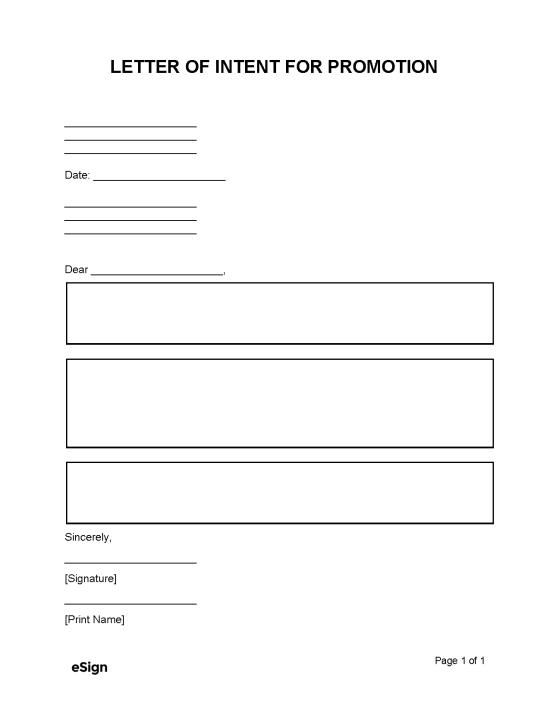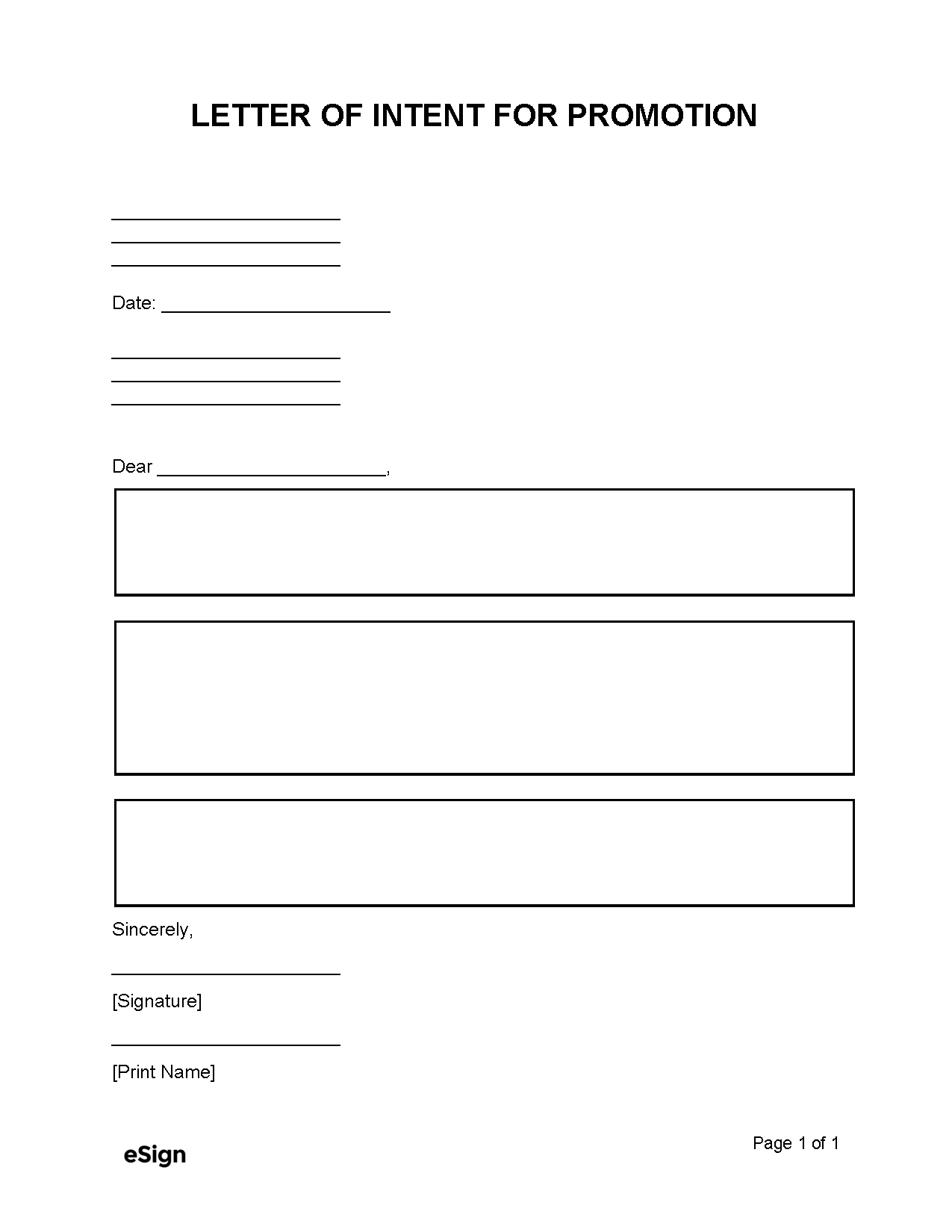How (and When) to Ask for a Promotion
Asking for a promotion is a delicate process requiring a professional and strategic approach. The below factors should be considered before discussing with an employer.
Performance Assessment
The employee should reflect on their performance with questions such as:
- Have I been meeting and exceeding expectations?
- Do my actions contribute to the success and growth of the company?
- Do I have more to offer beyond my current role?
Timing
Timing is key when asking for a promotion. The employee seeking a promotion should have worked long enough at the organization to justify their request. Submitting the letter of intent around a significant work milestone or performance review is also recommended.
Research
The employee should research the role they wish to take on and ensure they can fulfill its expectations. They may also review similar positions in other companies to get an idea of salary ranges, which may help in negotiating their pay.
Drafting a Letter of Intent
If the timing is right, a position is open, and the employee feels they have what it takes to fill the available role, they can draft a letter of intent. This is a formal request for a promotion, outlining why the employee believes they are the ideal candidate for the role.
What to Include in the Letter
A well-drafted letter of intent should be professional, easy to read, and should touch on all the below topics.
- Position – The position the employee is expressing interest in should be outlined.
- Intention – The employee should explain their reasons for seeking promotion.
- Qualifications – Why the employee thinks they’re good fit and what qualifies them.
- Accomplishments – Any recent milestones should be outlined in the letter.
- Benefits – The employee should describe what they will bring to the position.
- Gratitude – The letter should conclude by thanking the recipient for their time and consideration.
Sample
Download: PDF, Word (.docx), OpenDocument
PROMOTION LETTER OF INTENT
[SENDER NAME]
[SENDER STREET ADDRESS]
[SENDER CITY, STATE, ZIP]
Date: [MM/DD/YYYY]
[RECIPIENT NAME]
[RECIPIENT STREET ADDRESS]
[RECIPIENT CITY, STATE, ZIP]
Dear [EMPLOYER NAME],
I am writing to express my interest in being promoted to the [REQUESTED POSITION] position that has recently become available within [ORGANIZATION NAME].
I have had the pleasure of working with [CURRENT ORGANIZATION] for [NUMBER OF YEARS] in the position of [CURRENT POSITION]. I have enjoyed my tenure at this position, but I believe that I’m ready to take on new challenges and grow further with the company.
In my current role, I have gained extensive experience in [CURRENT RESPONSIBILITIES], and I have consistently exceeded expectations and taken on more responsibilities. I have frequently been given positive feedback from my superiors, including [LIST SUPERIORS]. I believe my skills and experience make me an ideal candidate for the [REQUESTED POSITION] position.
Some of my accomplishments over the past few years include:
- [DESCRIBE ACCOMPLISHMENTS]
I am passionate about our company’s mission and values, especially [DESCRIBE MISSION AND VALUES]. I am excited about the opportunity to help drive the company’s continued success and reach new milestones.
Thank you for your time and for considering my request. I look forward to the opportunity to discuss my qualifications further.
Sincerely,
[EMPLOYEE NAME]
[EMPLOYEE SIGNATURE]

